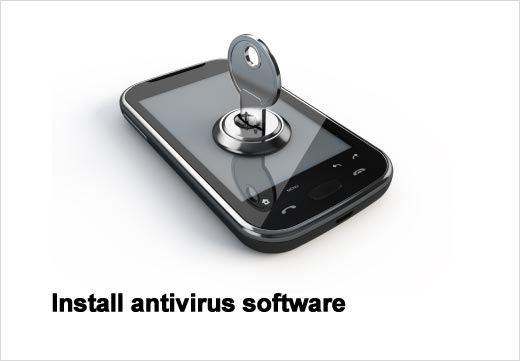Today’s mobile phones have become more than just a way to make and receive calls, and, as such, their appeal to cyber criminals has increased. Mobile malware is now very much a reality and a growing threat. The truth is, malware can end up on a mobile device and it can be difficult for end users […]
Today’s mobile phones have become more than just a way to make and receive calls, and, as such, their appeal to cyber criminals has increased. Mobile malware is now very much a reality and a growing threat. The truth is, malware can end up on a mobile device and it can be difficult for end users to know if they’ve been infected. This slideshow features tips, identified by Jaime Blasco, head of AlientVault Labs, on how you can protect your smartphones from possible attacks.

Click through for six tips that can help you avoid mobile malware attacks, as identified by Jaime Blasco, head of AlientVault Labs.

Which ones are running? Anything suspicious should be deleted immediately. You can usually tell if malware is present if you notice decreased battery life (because there is something running in the background) or an increase in data use (as the malware transmits data from the phone). It is also important to keep your apps and the device up to date since criminals will use vulnerabilities in the apps or the device in order to hack into your phone. If you detect suspicious apps/services running, try to find more information about it. If you don’t use it, remove it from your phone.

Does anything look out of the ordinary? Also, contact your provider and block any unauthorized or unknown numbers. One of the most common fraud techniques criminals use is sending SMS messages to premium-rate numbers using your phone. It means that for every SMS sent from your phone on the background, they are charging you a significant amount of money.

Antivirus software is available to download for a reason. While not a guarantee, it could help minimize malware’s overall effect on your phone. For Android you have several AV’s available in the Google apps store that do a reasonable job. On the other hand, due to the nature of the iOS platform, you don’t have antivirus available for download, so you will have to trust Apple and the scrutiny it gives to the apps.

Phone settings can be changed to prevent installation of content that isn't from trusted sources. Also, your phone should notify you before downloading any app to ensure you are restricted from unwanted activity. Make sure you auto-lock your phone and have a strong password in case it is lost or stolen. This can help keep your personal data private. Another good practice is disabling the “Wi-Fi auto connect” feature so your phone will only connect to previously known Wi-Fi networks.

Just like spam email, you have to be careful about following links sent from contacts within your address book. It is also very important to follow the same security advice to navigate the Internet using your phone, since you will be exposed to the same risks. Take into account that a malicious site that you browse can exploit a bug in your phone and install malware in the background. Be careful with sites that want you to install new software as well.

Apps should only be downloaded from trustworthy sources. The free ones, while attractive, could offer more than you bargained for. Take your time to read the reviews and the rating from other users to be sure the app is good for you before you download it. At the same time, even well-known stores like Google marketplace can fall prey to malicious apps. Security companies regularly find malicious apps in the marketplace. Case in point: Plankton was found embedded in several apparently benign apps. This kind of malicious app can send information to a remote server or receive and execute specified actions on your phone.















